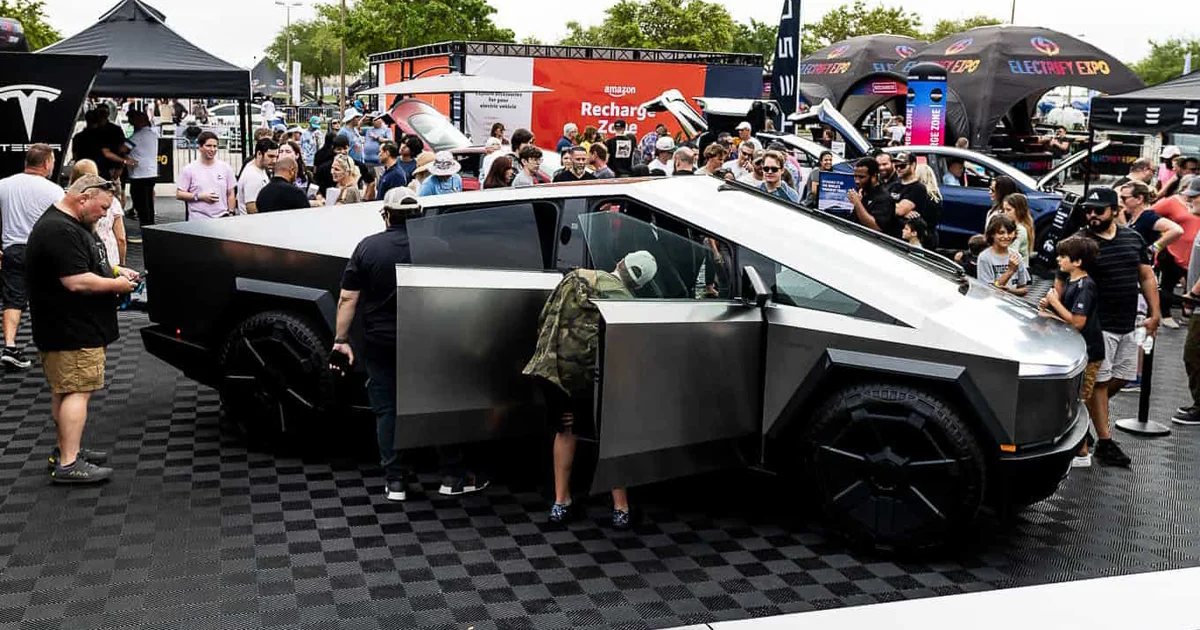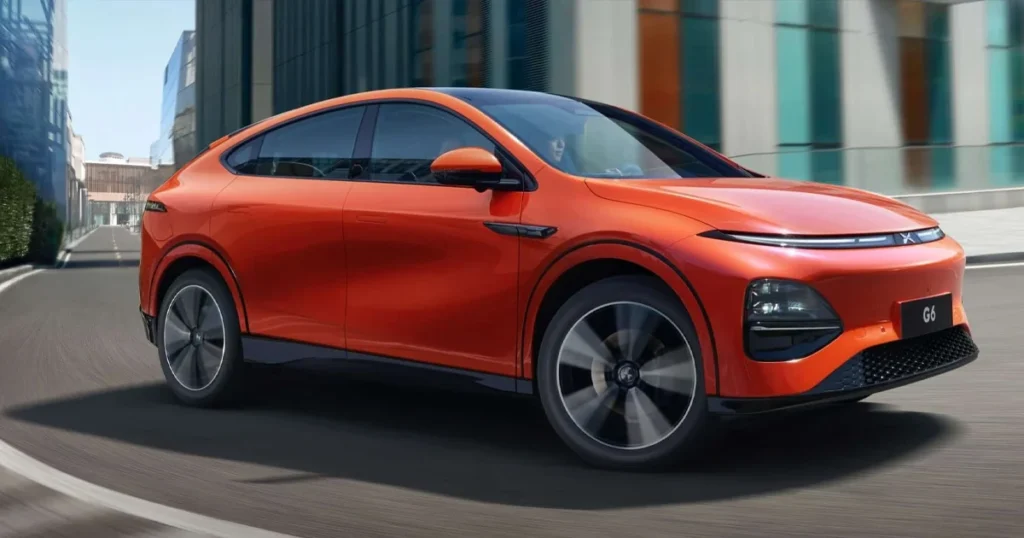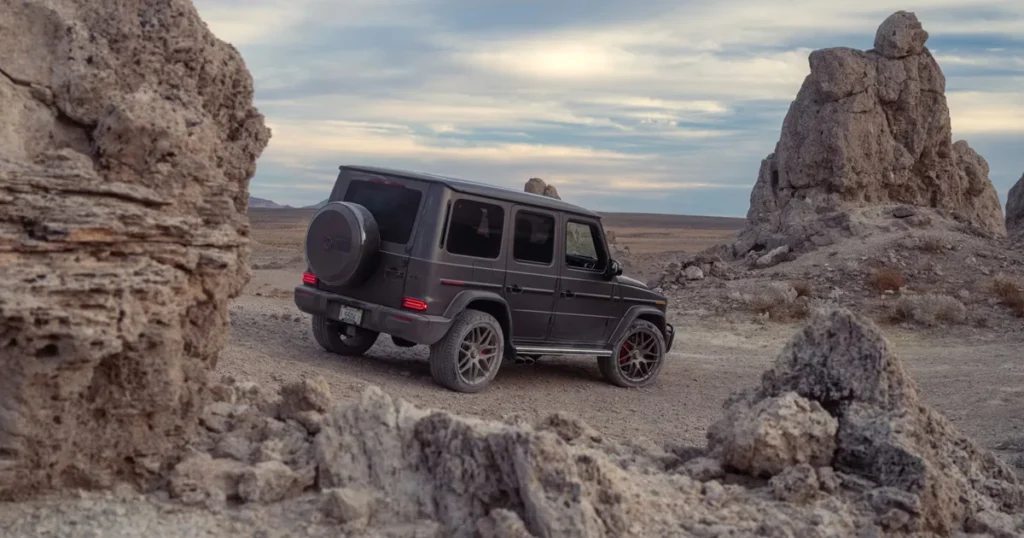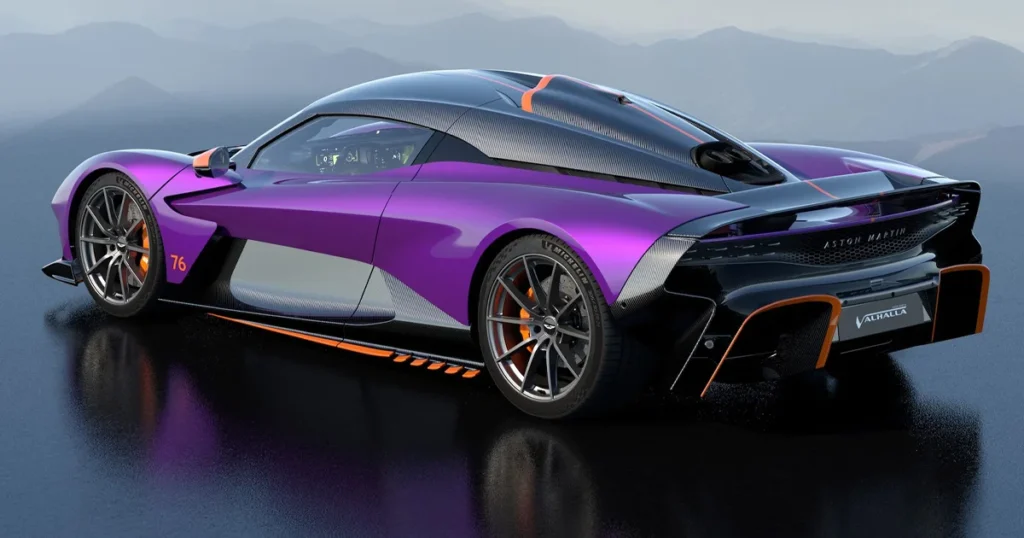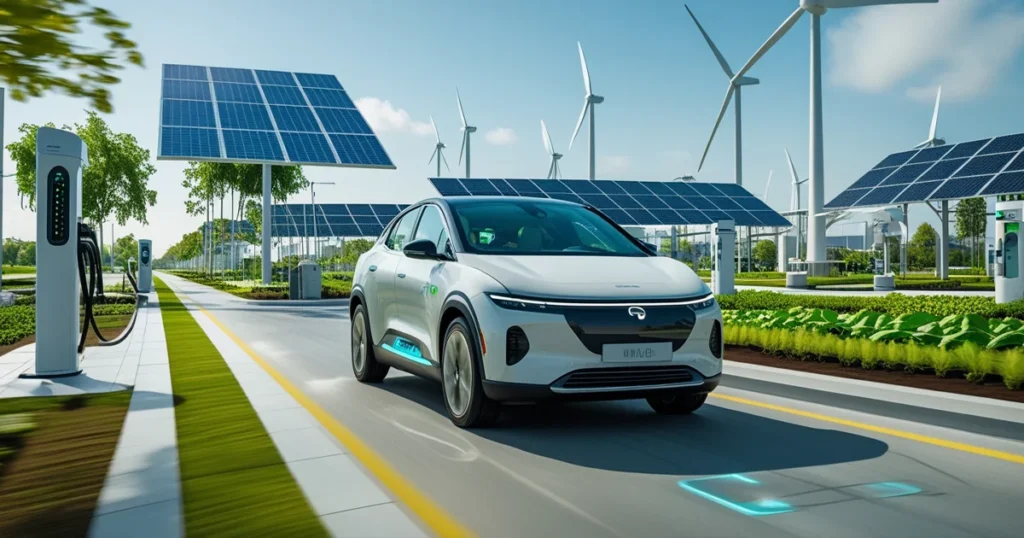Why Gen Z is Abandoning Traditional Car Ownership (And What’s Replacing It)
For decades, getting your driver’s license and buying your first car were quintessential American rites of passage. The open road represented freedom, independence, and the first taste of adulthood. Car ownership was not just practical—it was aspirational, a status symbol that defined an entire generation’s identity.
But times are changing. Gen Z those born between 1997 and 2012 is shifting gears on this long-standing tradition. According to recent data from the Federal Highway Administration, only 25% of 16-year-olds had a driver’s license in 2020, down from nearly 50% in 1983. This decline isn’t just about delaying a milestone; it represents a fundamental reconsideration of how young people view transportation, ownership, and mobility.
So why are Gen Zers abandoning the driver’s seat? And what alternatives are they embracing instead? Let’s explore this transportation revolution and what it means for the future of how we get around.
The Economic Reality Check
The economics of car ownership have changed dramatically, and Gen Z is doing the math.
The average new car now costs over $48,000, according to Kelley Blue Book data—a staggering increase of nearly 30% in just five years. Even used cars, once the affordable entry point for young drivers, have seen prices soar. Add in insurance premiums (which hit young drivers particularly hard), maintenance costs, fuel expenses, and parking fees, and car ownership can easily consume $9,000-$12,000 annually.
For a generation graduating with an average student loan debt of $37,113, according to the Education Data Initiative, these numbers simply don’t compute.
“I calculated that using a combination of public transit and occasional rideshares costs me about $3,000 per year, compared to the $10,000 I’d spend on car payments, insurance, and gas,” says Maya Chen, a 24-year-old marketing professional in Chicago. “That’s $7,000 I can put toward my student loans or saving for a home.”
Generation Z is experiencing evolving residential trends that increasingly enable a car-free lifestyle. With remote work opportunities expanding and housing costs pushing young people toward dense urban cores with better transit options, many find themselves in environments where cars are more burden than benefit.
Climate Consciousness Drives Change
Environmental concerns rank consistently high among Gen Z’s priorities, and their transportation choices reflect this value system.
A single passenger vehicle emits about 4.6 metric tons of carbon dioxide annually. For a generation that has grown up amid increasing climate disasters and dire environmental warnings, reducing this carbon footprint is a powerful motivator.
In a recent Deloitte survey, 45% of Gen Z respondents said they choose their transportation options based on environmental impact—significantly higher than any previous generation. This environmental consciousness has transformed what was once a purely practical decision into an ethical one.
“I don’t want to contribute to climate change if I can avoid it,” explains Jordan Willis, a 22-year-old student at the University of Washington. “Plus, when I bike or take public transit, I’m voting with my actions for the kind of sustainable city I want to live in.”
This ethos extends beyond just avoiding car ownership—it’s reshaping what kinds of transportation options Gen Z seeks out, with preference given to electric and shared mobility solutions that minimize environmental impact.
The Digital Native’s Approach to Mobility
Perhaps no factor has transformed transportation more fundamentally than technology, and as digital natives, Gen Z is perfectly positioned to leverage these innovations.
With smartphones in hand, accessing transportation has never been easier. Need a car for a few hours? Open the Zipcar app. Going a short distance? Grab a Lime scooter. Heading across town? Call an Uber or Lyft. Planning a weekend trip? Turo lets you rent directly from local car owners.
This suite of options creates what transportation experts call “mobility as a service” (MaaS)—a flexible, on-demand approach to transportation that doesn’t require ownership. For Gen Z, who grew up in the sharing economy, this shift feels natural.
“Why would I lock myself into one vehicle when I can access the perfect transportation option for each specific need?” asks Damon Rodriguez, a 26-year-old software developer. “Some days I need a pickup truck for a home improvement project. Other days I’m just going a mile to meet friends and can hop on a scooter. The flexibility is amazing.”
The data backs up this anecdotal evidence. According to the McKinsey Center for Future Mobility, Gen Z uses ridesharing services 40% more frequently than millennials did at the same age and are 10% more likely to use multiple modes of transportation within a single week.
Urban Renaissance and City Design
Cities themselves are changing in ways that make car ownership less necessary and sometimes even impractical.
Many urban centers are embracing designs that prioritize people over vehicles—expanding bike lanes, improving public transit, widening sidewalks, and in some cases, restricting car traffic entirely in central areas. Cities like Portland, Minneapolis, and Washington D.C. have invested heavily in cycling infrastructure, while New York and San Francisco have experimented with car-free streets.
The concept of the “15-minute city”—where all essential services can be reached within a 15-minute walk or bike ride—is gaining traction among urban planners. This approach reduces the need for long-distance travel and makes car-free living more practical.
“I chose my apartment specifically because it’s in a walkable neighborhood with good transit connections,” says Aisha Johnson, a 25-year-old graphic designer in Philadelphia. “Everything I need day-to-day is within a 10-minute walk, and when I need to go farther, the subway is right there. A car would just be a hassle.”
This urban renaissance coincides perfectly with Gen Z’s preferences. According to an Urban Land Institute survey, 62% of Gen Z respondents preferred to live in walkable, mixed-use communities—significantly higher than previous generations at the same age.
Status Symbol Shift
For Baby Boomers and Gen X, cars were ultimate status symbols—think BMW in the driveway or the iconic red Corvette. For Gen Z, status is measured differently.
Today’s young adults are more likely to derive status from experiences than possessions, from ethical choices than luxury goods, and from technological savvy than horsepower. The latest iPhone or a trip to an Instagram-worthy destination often carries more social currency than a flashy car.
“Among my friends, nobody’s impressed by what car you drive—if you drive at all,” says Elena Park, a 23-year-old content creator. “But if you can show them how you’ve managed to create a fulfilling lifestyle while maintaining financial freedom and reducing your carbon footprint? That’s what gets respect.”
This shift reflects broader values around conspicuous consumption. A 2022 survey by consumer research firm YPulse found that 70% of Gen Z respondents believed “showing off expensive things on social media is not cool”—a stark contrast to the car-centric status displays of previous generations.
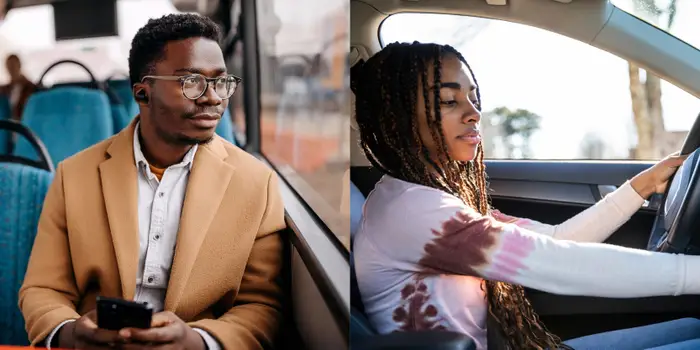
The Alternatives Taking Over
So if not personal car ownership, what exactly is Gen Z embracing instead? The answer is a diverse ecosystem of mobility options:
1. Carsharing Services
Services like Zipcar, Getaround, and Free2Move allow users to rent vehicles by the hour or day, often with convenient pickup locations throughout urban areas. Users only pay for the time they use the vehicle, eliminating the overhead costs of ownership.
“I use Zipcar maybe twice a month for grocery runs or day trips,” says Theo Williams, a 27-year-old teacher in Boston. “It costs me about $150 monthly total, compared to the $500+ I’d be paying for a car payment, insurance, and parking.”
2. Peer-to-Peer Car Rental
Platforms like Turo and HyreCar function like Airbnb for vehicles, allowing private owners to rent their cars to others when not in use. This often provides more vehicle variety and pickup locations than traditional rental companies.
“Last month I needed a truck to help my sister move and found one on Turo for $45 for the day,” says Marcus Lee, a 24-year-old accountant. “The owner met me in a convenient location, and the whole process was seamless.”
3. Subscription-Based Access
Newer entrants in the transportation space offer subscription models that provide access to vehicles without the commitment of ownership. Services like Care by Volvo, Kyte, and Fair bundle the vehicle, insurance, and maintenance into a single monthly fee, often with the flexibility to switch vehicles or cancel with minimal notice.
“I subscribed to Kyte for three months when I had a temporary job in the suburbs,” explains Zoe Alvarez, a 26-year-old consultant. “When the job ended, I simply returned the car—no lease to break, no vehicle to sell.”
4. Micromobility Revolution
Perhaps the most visible transportation change in urban areas has been the explosion of micromobility options—shared electric scooters and bikes from companies like Bird, Lime, and Spin. These services allow users to rent vehicles for short trips, typically costing $1-2 to unlock plus a per-minute fee.
“E-scooters revolutionized how I get around downtown,” says Trevor Kim, a 21-year-old student. “For trips under two miles, they’re faster than driving when you factor in parking, cheaper than rideshare, and way more fun.”
5. Integrated Mobility Platforms
Apps like Transit, Citymapper, and Moovit are helping users navigate complex transportation decisions by integrating multiple modes into a single interface. These apps can compare options across public transit, micromobility, rideshare, and carshare to recommend the fastest or cheapest route.
“The Transit app changed everything for me,” says Olivia Chen, a 23-year-old nonprofit worker. “It shows me all my options in real-time, so I always know the smartest way to get somewhere without defaulting to a car.”
6. Improved Public Transit
While not a new concept, public transportation is seeing renewed investment in many cities. Enhanced bus rapid transit systems, expanded light rail, and user-friendly payment systems are making mass transit more appealing to young riders.
“The stereotype that public transit is inconvenient or unreliable is outdated,” argues Diego Morales, a 25-year-old urban planning student. “Modern transit systems with real-time tracking and frequent service can be the backbone of personal mobility.”
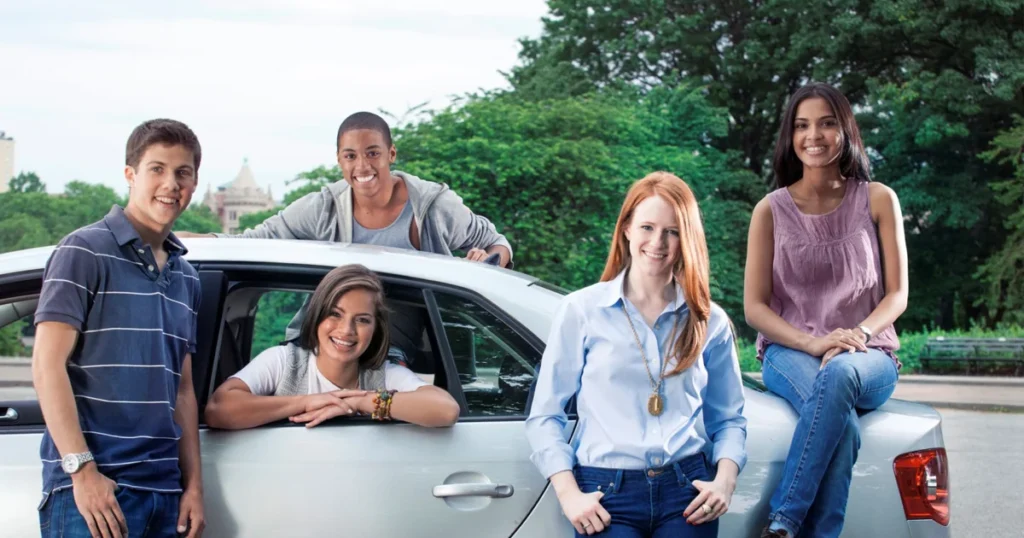
Looking Ahead: The Future of Mobility
The transportation revolution we’re witnessing is likely just beginning. Several emerging trends suggest where Gen Z’s car-free journey might lead next:
Autonomous Mobility Services
Companies like Waymo (owned by Alphabet) and Cruise (backed by General Motors) are developing autonomous vehicle fleets that could further reduce the cost and increase the convenience of car-free living. When riders don’t have to pay for a driver, rideshare economics could become even more favorable compared to ownership.
Electric Micromobility Expansion
The next generation of e-bikes and scooters promises longer ranges, better weather protection, and more cargo capacity—addressing some of the current limitations of these options. Companies like Rad Power Bikes are already developing vehicles that blur the line between bicycles and small cars.
Mobility Bundling
Just as we’ve seen with streaming services and phone plans, transportation providers are beginning to experiment with bundled mobility packages. For a fixed monthly fee, users might get unlimited public transit, a certain number of rideshare trips, and access to bikes or scooters—creating an ownership-like experience without the actual ownership.
Virtual Mobility
Perhaps the most radical shift is the growing ability to eliminate physical trips entirely. Remote work, telehealth, online education, and virtual social experiences are reducing the need for certain kinds of travel, changing the calculus around transportation needs.
“The pandemic showed us how much can be done without physical travel,” notes Dr. Sarah Williams, transportation researcher at MIT. “For Gen Z, the question isn’t just ‘how do I get there?’ but increasingly ‘do I need to go there at all?'”
The Auto Industry Response
The traditional auto industry hasn’t failed to notice these shifts. Many manufacturers are pivoting from being car producers to “mobility providers”—offering their own subscription services, investing in rideshare companies, and developing vehicles specifically designed for sharing rather than individual ownership.
“We’re seeing manufacturers design vehicles with different use cases in mind,” explains automotive analyst Miguel Torres. “Features like easy digital access, durable interiors, and flexible seating arrangements reflect the sharing economy rather than private ownership.”
This adaptation suggests the industry sees the Gen Z trend not as a temporary blip but as a fundamental shift requiring new business models.
Is This the End of Car Culture?
While the data clearly shows Gen Z is less car-dependent than previous generations, this doesn’t necessarily mean the death of car culture entirely. Geographic realities mean that in many rural and suburban areas, car ownership remains practically essential. And some young adults still develop the same passion for driving and vehicles that defined earlier generations.
What we’re seeing isn’t so much the end of car culture as its evolution from a mass phenomenon to a more specialized interest. Cars are becoming less like refrigerators (something everyone simply needs) and more like boats or pianos—desired by enthusiasts but unnecessary for the general population.
For Gen Z living in areas with robust mobility options, cars represent just one choice in a diverse transportation menu rather than the default option they once were.
The Road Ahead
The shift away from traditional car ownership represents more than just changing transportation preferences—it signals a broader reevaluation of what freedom and independence mean to a new generation.
For Baby Boomers, freedom meant the open road and the ability to go anywhere, anytime. For Gen Z, freedom increasingly means financial flexibility, environmental responsibility, and the ability to choose the right mobility option for each specific need.
As cities continue to evolve, technology advances, and values shift, we can expect this transportation revolution to accelerate. The future of mobility looks less about owning the means of transportation and more about accessing it efficiently, affordably, and sustainably.
Gen Z isn’t just abandoning car ownership—they’re pioneering a new relationship with mobility itself, one that prioritizes access over ownership, flexibility over commitment, and experiences over possessions. And in doing so, they may be showing us all a better way to get where we’re going.
For more insightful articles on generational trends, sustainable living, and the future of technology, visit Mavlluxury. Join our community of forward-thinkers exploring the innovations shaping tomorrow’s world.

